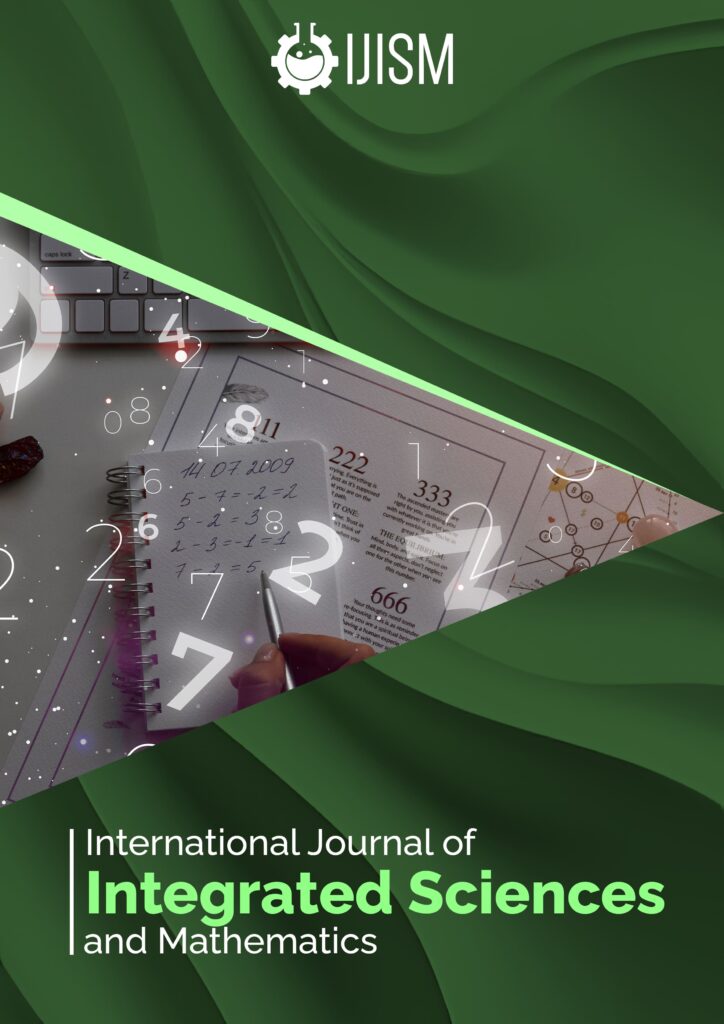A Study on the Accuracy of Central Difference and Finite Element Techniques for Solving Elliptic Partial Differential Equations

-
Published On:
19th May 2025
Citation:
Saritha Sambu (2025). A Study on the Accuracy of Central Difference and Finite Element Techniques for Solving Elliptic Partial Differential Equations, Internation Journal of Integrated Sciences and Mathematics, 2(1), 027-039
Saritha Sambu (2025). A Study on the Accuracy of Central Difference and Finite Element Techniques for Solving Elliptic Partial Differential Equations, Internation Journal of Integrated Sciences and Mathematics, 2(1), 027-039
Author
Saritha Sambu
PHD Scholar, Department of Mathematics, Sikkim Professional University, Andhra Pradesh, India.
PHD Scholar, Department of Mathematics, Sikkim Professional University, Andhra Pradesh, India.
Abstract
This study presents a comparative numerical investigation of two prominent techniques used to solve second-order elliptic partial differential equations (PDEs): the Second Order Central Difference Method (SCDM) and the Finite Element Method (FEM). Both approaches are applied to a rectangular domain under Dirichlet and Neumann boundary conditions, with the goal of evaluating their accuracy, error behavior, and computational efficiency. While SCDM utilizes a uniform Cartesian grid and approximates derivatives using finite difference formulas, FEM adopts a variational formulation with linear Lagrange triangular elements and applies Gauss quadrature for integration. To validate the performance of each method, hypothetical PDEs with known exact solutions are solved, and errors are calculated in both absolute and relative terms using L₂ norms. A unified table summarizes the comparative results across three illustrative examples, and corresponding plots visualize error variations with respect to spatial steps. The study confirms that while SCDM offers simpler implementation and relatively stable performance on regular domains, FEM provides superior accuracy for cases with complex boundary conditions and varying solution gradients. This investigation emphasizes that method selection should be guided by the nature of the problem, desired accuracy, and boundary complexity. The results also pave the way for future research involving higher-order schemes and irregular geometries.
Copyright Information
This work is licensed under a Creative Commons Attribution 4.0 International License.
Authors retain copyright and grant the journal right of first publication with the work simultaneously licensed under a Creative Commons Attribution 4.0 International License that allows others to share the work with an acknowledgment of the work’s authorship and initial publication in this journal.
This has been implemented from July 2024 onwards

